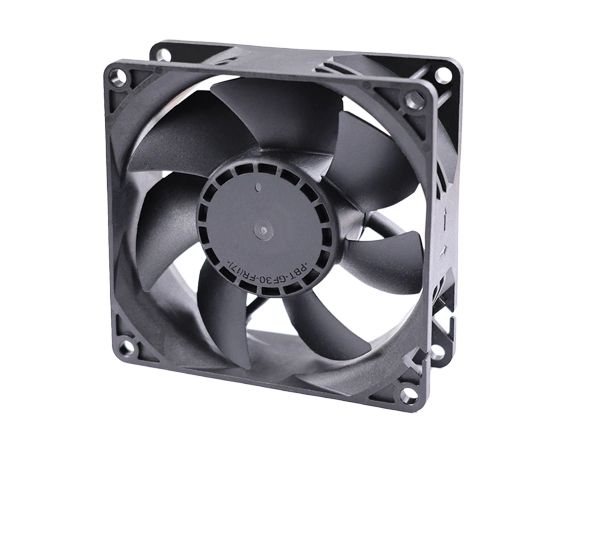In an era where connectivity is paramount, the reliance on Wi-Fi-enabled security cameras has surged. However, these devices are not without their limitations, including susceptibility to network outages, hacking risks, and bandwidth constraints. For those seeking robust surveillance solutions, understanding the alternatives to Wi-Fi security cameras is essential. This article delves into the various types of security cameras that do not rely on Wi-Fi, their functionalities, advantages, and ideal use cases.
Understanding Non-Wi-Fi Security Cameras
Non-Wi-Fi security cameras can be broadly categorized into several types, each with unique features and operational mechanisms. These cameras utilize different technologies to transmit data and maintain surveillance, ensuring that users have reliable options regardless of their internet connectivity.
- Wired Security Cameras
Wired security cameras are perhaps the most traditional form of surveillance technology. They connect directly to a digital video recorder (DVR) or network video recorder (NVR) via coaxial or Ethernet cables. This direct connection offers several advantages:
- Reliability: Wired cameras are less prone to interference and disconnection issues that can plague Wi-Fi systems. They provide a stable connection, ensuring continuous video recording and monitoring.
- High-Quality Video: Many wired systems support high-definition video resolutions, offering clearer images and better detail, which is crucial for identifying faces or license plates.
- No Bandwidth Limitations: Since they do not rely on Wi-Fi, wired cameras do not consume bandwidth, making them ideal for environments with limited internet connectivity.
Ideal Use Cases: Wired security cameras are perfect for large properties, commercial buildings, and areas where consistent surveillance is critical, such as banks and retail stores.
- Cellular Security Cameras
Cellular security cameras operate using mobile networks (3G, 4G, or even 5G) to transmit video footage. This technology is particularly advantageous for remote locations where Wi-Fi is unavailable or unreliable.
- Flexibility: Cellular cameras can be placed virtually anywhere, as long as there is cellular coverage. This makes them ideal for monitoring construction sites, farms, or vacation homes.
- Real-Time Alerts: Many cellular cameras come equipped with features that send real-time alerts to users’ smartphones, ensuring immediate awareness of any security breaches.
- Battery Backup: Many models are designed with battery power options, allowing them to function even during power outages.
Ideal Use Cases: Cellular security cameras are well-suited for outdoor applications, remote monitoring, and temporary installations where traditional power sources are not feasible.
- PoE (Power over Ethernet) Cameras
Power over Ethernet (PoE) cameras combine data transmission and power supply through a single Ethernet cable. This technology simplifies installation and enhances reliability.
- Simplified Wiring: With PoE, users can eliminate the need for separate power cables, reducing installation complexity and costs.
- Consistent Power Supply: PoE cameras receive power directly from the network, ensuring they remain operational even during power fluctuations.
- Scalability: PoE systems can easily be expanded by adding more cameras without significant infrastructure changes.
Ideal Use Cases: PoE cameras are ideal for office buildings, warehouses, and environments where multiple cameras are needed but installation logistics may be challenging.
Advantages of Non-Wi-Fi Security Cameras
Choosing non-Wi-Fi security cameras offers several benefits that can significantly enhance security measures:
- Enhanced Security: Non-Wi-Fi cameras are less vulnerable to hacking and unauthorized access, providing a more secure surveillance solution.
- Consistent Performance: These cameras are less affected by environmental factors that can disrupt Wi-Fi signals, such as physical obstructions or interference from other devices.
- Cost-Effectiveness: While the initial investment may be higher for wired or PoE systems, the long-term reliability and reduced maintenance costs can lead to significant savings.
Conclusion
As security needs evolve, so too must the technologies we employ to meet them. Non-Wi-Fi security cameras present a viable alternative for those seeking reliable, secure, and high-quality surveillance solutions. Whether opting for wired, cellular, or PoE cameras, understanding the unique advantages of each type can help users make informed decisions tailored to their specific security requirements. By investing in these technologies, individuals and businesses can ensure that their surveillance systems remain operational and effective, regardless of the challenges posed by Wi-Fi dependency.
